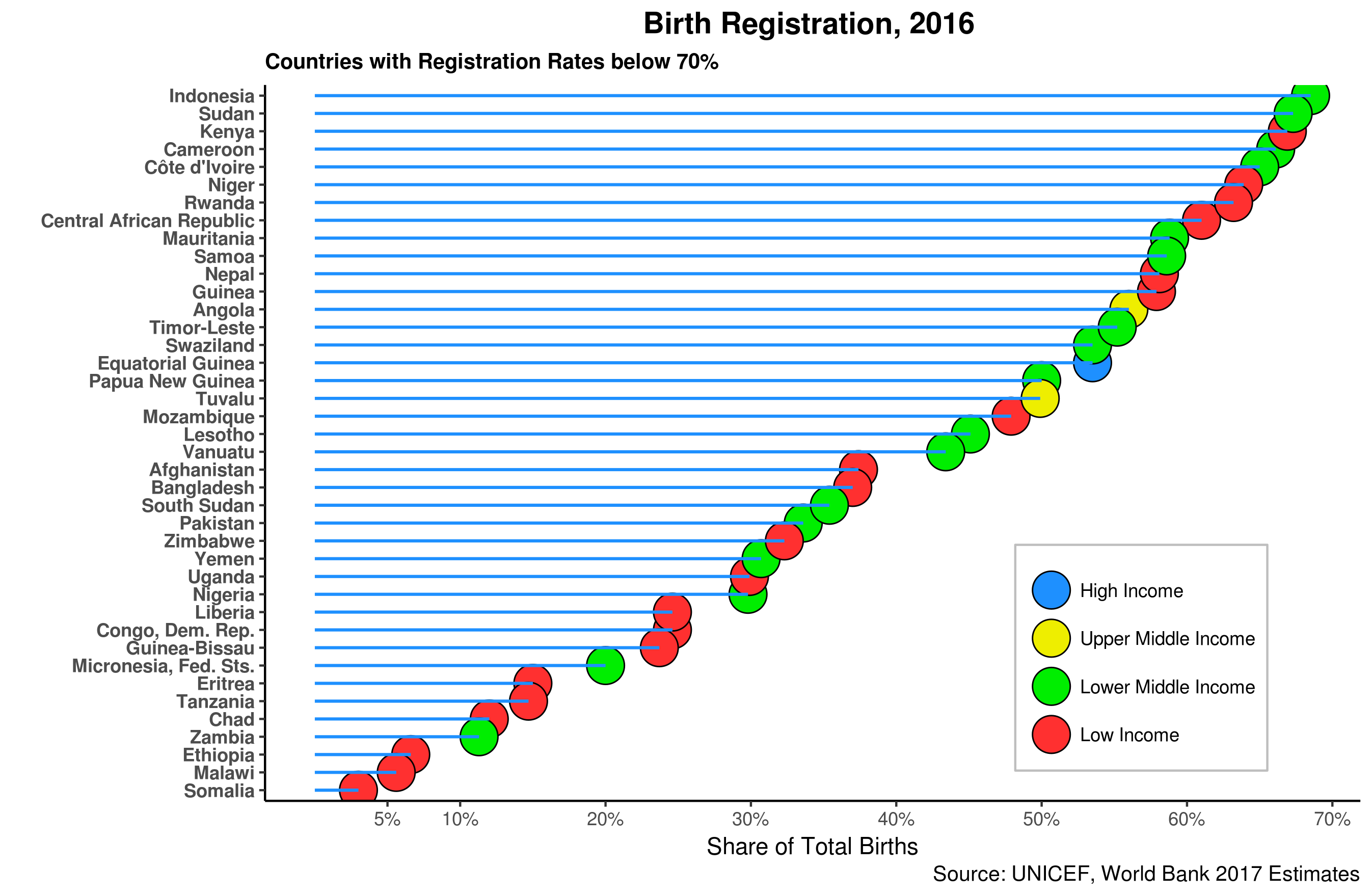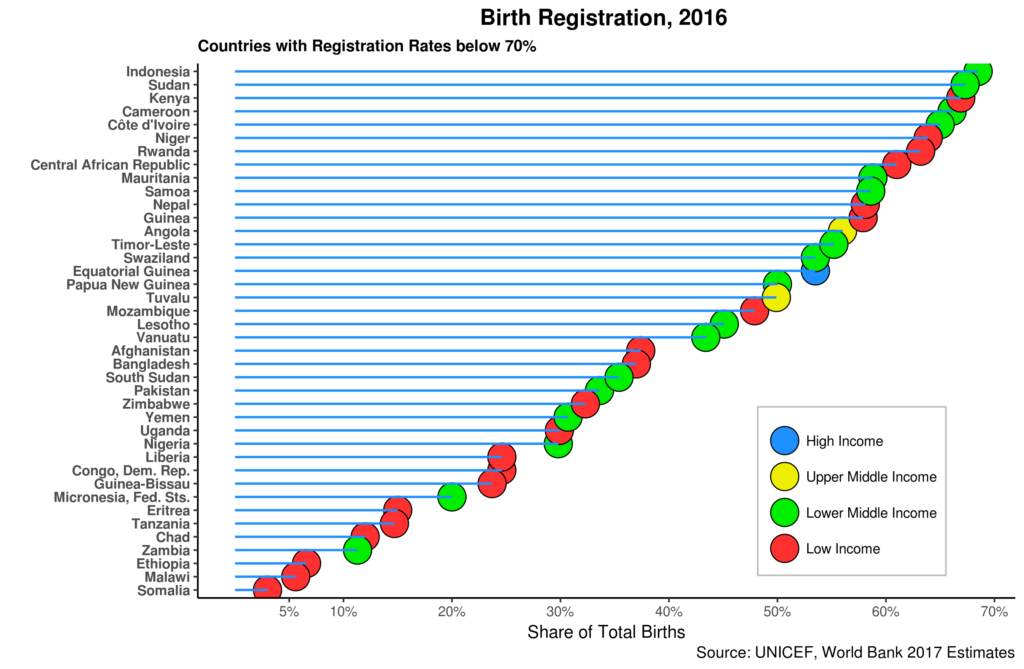Like previous digital technologies, such as the Internet, blockchain technology (BCT) has been driven by a high degree of techno-optimism not yet backed by on the ground impact or reliable evidence. Undoubtedly, the technology, which is still in its infancy, has enormous potential in many sectors and could promote human development if harnessed strategically.
One of the many BCT innovative traits is the use of sophisticated cryptographic tools to generate unique identities for individuals interacting within its distributed network. In general, such identities are pseudo-anonymous, immutable, secure and directly created and managed by the individual. This, in principle, makes BCT an ideal candidate to propel further innovation in the digital identity sector. The critical question is how.
Taking a bird’s eye view of the sector, identity access and management face two major challenges. The first one is inclusion. Nowadays, one out of seven people in the world has no legal identity. Similarly, one out of every three children is
Refugees who have “lost” their identity while migrating could also be added here. While declining in recent years, the number of people lacking legal ID is still staggering, particularly in the so-called digital age. Initiatives such as ID for Development or ID2020 are explicitly targeting this gap, using a wide variety of technologies not limited to BCT.
The second issue relates to the ownership and management of personal identity. Traditional centralized models typical of most of the 20th century implicitly by-passed the problem as third parties, public or private, were entirely in charge of the process. Individuals were content to receive various pieces of identity that they managed to make claims and obtain products and services. The advent of digital identity allowed private companies to commoditize identity and make it part and parcel of new business models unthinkable last century.
Individuals now give away identity attributes in exchange for free online services. Here, users have little to no control of their own identities. Identity ownership seems to be in the hands of third parties. Self-sovereign identity and other similar initiatives are striving to address this challenge.
While BCT in particular and Distributed Ledger Technology, in general, seem to be well suited to address the second issue, their relevance for the first remains to be explored in more detail. Given the complexity of the technology, relatively high entry barriers and overall usability challenges, BCT might not be the first option for enhancing identity inclusion in complex development contexts.
Factoring into the ID equation the distinction between public and private goods (and services) further elucidates the issues’ multi-dimensional character. Lack of legal ID usually translates into a lack of access to public goods and services by large population segments, most lacking any sort of legal identity. On the other hand, private goods such as banking and financial services are more prone to benefit from technology, such as BCT that has financial incentives built-in. That is certainly not the case with public goods.
At the moment, several BCT initiatives focused on self-sovereign identity (SSI) are already delivering on the ground, working independently from legacy platforms, including digital ones. On the other hand, very few governments are exploring the potential of BCT to deliver legal or foundational ID. BCT should close these gaps if it wants to remain ahead in the game and provide on the ground solutions.
Cheers, Raúl


